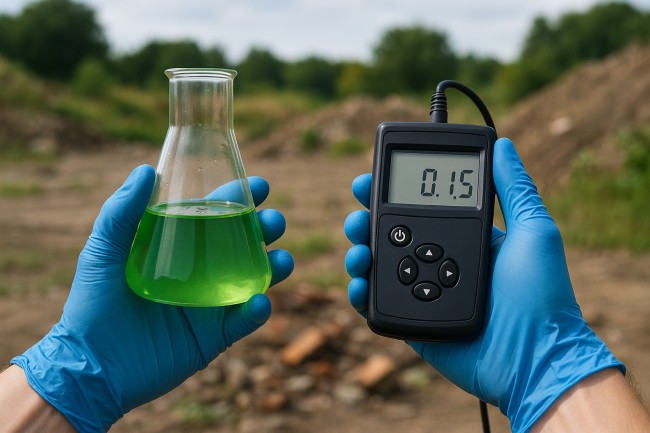Reducing Liability with Accurate Environmental Insights

Environmental hazards lurk in unexpected places. From aging buildings harboring asbestos to contaminated soil threatening groundwater, these risks can expose businesses and property owners to significant liability. Understanding your environmental landscape isn’t just about compliance—it’s about protecting people, preserving assets, and avoiding costly litigation.
Accurate environmental insights provide the foundation for informed decision-making. When you know exactly what hazards exist on your property, you can address them proactively rather than reactively. This approach transforms environmental management from a potential crisis into a strategic advantage.
Understanding Your Environmental Baseline
Before you can reduce liability, you need to know what you’re dealing with. Comprehensive environmental assessments identify potential hazards that might otherwise remain hidden until they cause serious problems. These assessments examine everything from building materials to soil composition, creating a detailed picture of your environmental risk profile.
Many older commercial and residential properties contain materials that were once considered safe but are now known to pose health risks. Asbestos, lead paint, and other hazardous substances frequently appear in structures built before modern safety regulations took effect. Professional asbestos testing in Salt Lake City and similar services across the country help property owners identify these materials before they become legal nightmares. Without proper testing, you’re essentially operating blind—a dangerous position when employee health and legal compliance are at stake.
Implementing Proactive Monitoring Systems
Once you understand your baseline environmental conditions, establishing ongoing monitoring protocols becomes essential. Environmental conditions change over time, and what seems safe today might present risks tomorrow. Regular monitoring catches emerging problems early, when they’re easier and less expensive to address.
Smart monitoring systems track air quality, water contamination, and structural integrity. These systems can alert you to changes that might indicate developing problems, allowing you to investigate and remediate before conditions deteriorate. According to the Environmental Protection Agency, businesses that implement proactive monitoring reduce their environmental incident response costs by an average of 40% compared to those that wait for problems to manifest.
Documentation as Your Legal Shield
Thorough documentation of your environmental assessments and remediation efforts serves as powerful protection against liability claims. When you can demonstrate that you’ve taken reasonable steps to identify and address environmental hazards, you significantly strengthen your legal position in the event of a claim.
Keep detailed records of all testing, inspections, and remediation work. Include dates, methodologies, findings, and actions taken. This documentation proves due diligence and shows that you’ve acted as a responsible property owner or business operator. In litigation, this paper trail often makes the difference between a dismissed claim and a costly settlement.
Training and Empowering Your Team
Your employees and contractors are your first line of defense against environmental incidents. When they understand potential hazards and know how to respond appropriately, they help prevent small issues from becoming major liabilities. Regular training ensures everyone knows their role in maintaining environmental safety.
Create clear protocols for reporting potential environmental concerns. Employees should feel comfortable raising questions about unusual odors, visible deterioration, or other warning signs. A culture that encourages reporting rather than ignoring potential problems dramatically reduces the likelihood of serious incidents.
Partnering with Environmental Professionals
Environmental science evolves rapidly, with new testing methods and remediation techniques emerging regularly. Partnering with qualified environmental consultants ensures you benefit from the latest knowledge and technology. These professionals bring specialized expertise that most businesses can’t maintain in-house.
The right environmental partner does more than just test and report. They help you interpret findings, prioritize remediation efforts, and develop cost-effective strategies for managing environmental risks. This guidance proves invaluable when you’re weighing the costs and benefits of different approaches to hazard mitigation.
Reducing environmental liability requires commitment, resources, and expertise. However, the investment pays dividends through reduced insurance costs, fewer legal complications, healthier facilities, and peace of mind. By establishing accurate environmental baselines, implementing monitoring systems, maintaining thorough documentation, training your team, and working with qualified professionals, you build a comprehensive defense against environmental liability.
Don’t wait for an incident to force your hand. Take control of your environmental risks today, and transform potential liabilities into opportunities for demonstrating your commitment to safety and responsibility.



